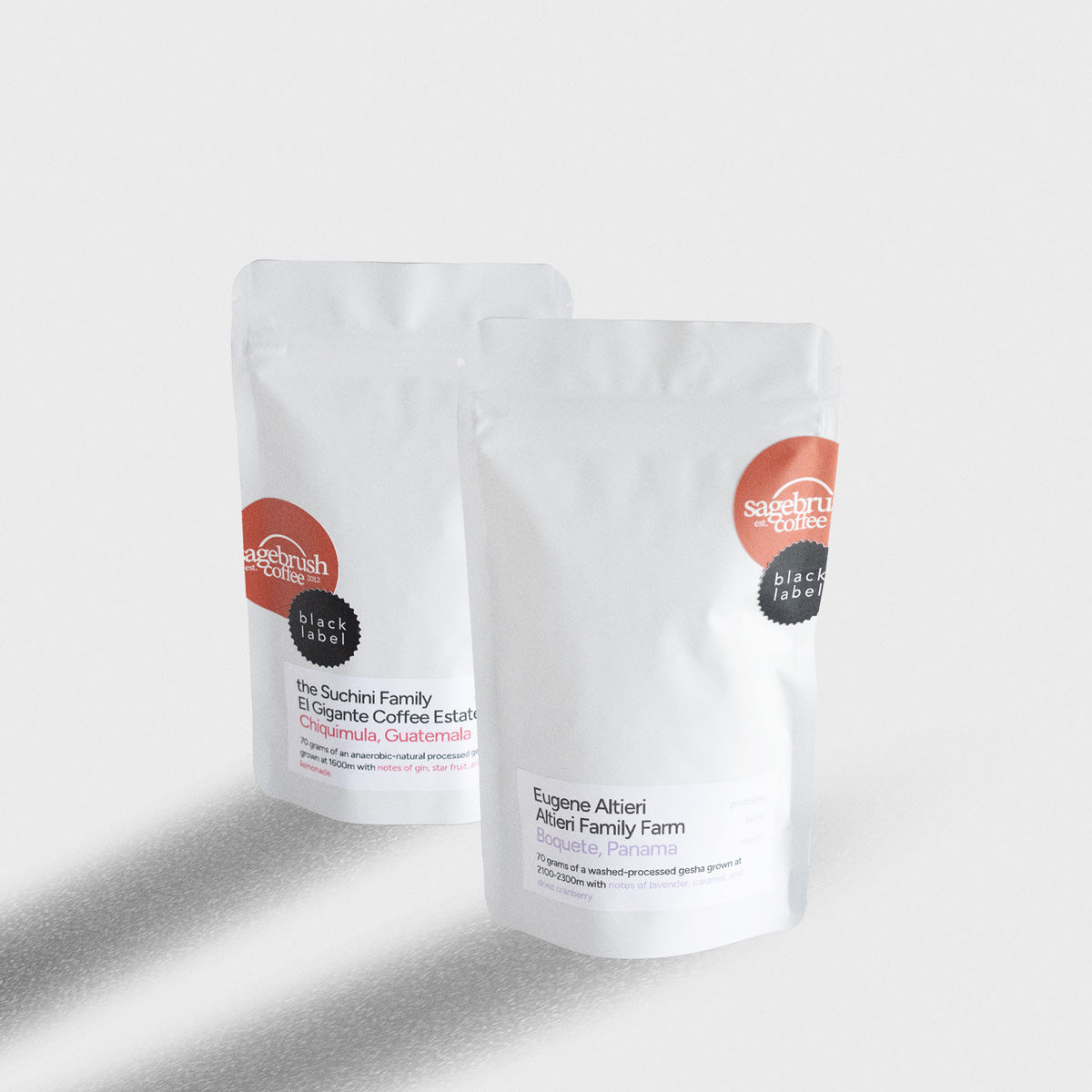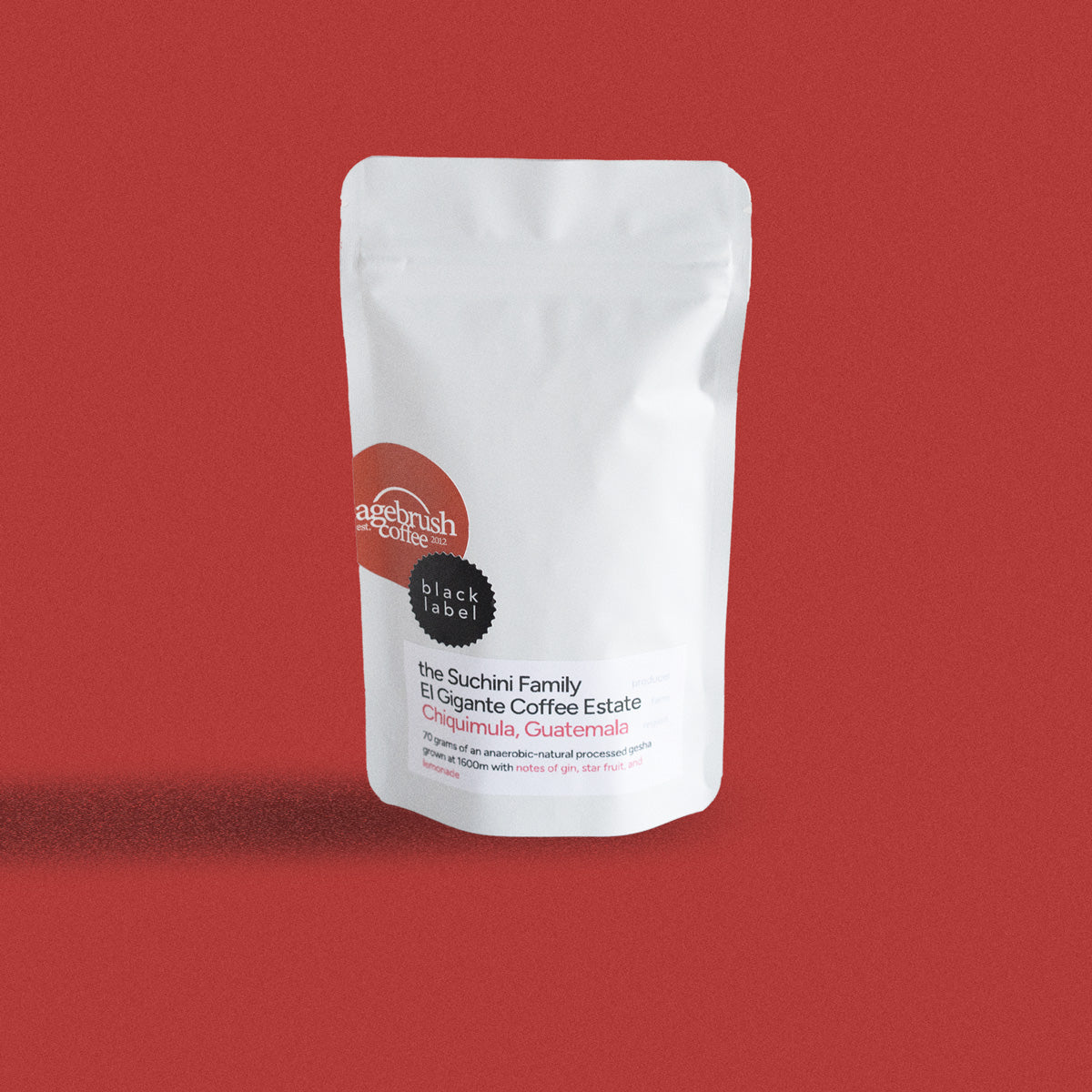What is Peaberry Coffee?
Before I discuss peaberry coffee and what makes it unique, let’s briefly look first at the structure of a coffee bean. Coffee is an incredibly complex plant, fruit, seed, drink, etc. This plant is known as the Coffea Arabica. Coffea Arabica is a small tree that bears little grape-sized fruits called “cascara cherries.” Coffee beans are the pits of these coffee tree fruits.
And then there are the mutations. Coffee plants usually produce cherries with two beans. Once in a while instead of two beans, there's only one bean. That is how Peaberry coffee came to be. Peaberry can grow in any coffee plant regardless of region, and is generally smaller and rounder than traditional beans. 1%-9% of coffee beans harvested are Peaberry. The sorting process is typically manual, which makes the harvesting process more cumbersome. All of the flavor is packed into one little bean instead of two, giving it a brighter flavor than other coffee.
History of Tanzania Coffee Farming
The use of coffee among Tanzanian tribes dates back to the 16th century. Its use was not widespread because tribal leaders kept tight control over the distribution of coffee beans. But during German colonization, German leaders eased restrictions, and coffee became more widely available. After WWI, the British took control of Tanganyika, which is modern-day Tanzania, and in coming years would expand the farming of coffee plants despite tribal resistance. The Kilimanjaro Native Planters Association (KNPA) was formed, which was the first of many cooperatives. Cooperatives help farmers get better prices for their coffee.
Why is Tanzanian Peaberry Special?
On the slopes of Mount Kilimanjaro and Mount Meru in Africa at 4500-6000 feet in elevation, the land with its rich volcanic soil provides a perfect environment for cultivating coffee. Here is the predominant location where Tanzanian Peaberry is grown. The climate in Tanzania is hot and tropical, but the higher you go, the cooler it gets, making it an ideal environment. Even though Peaberry can occur in coffee from other regions and elevations, it is often associated with Tanzania. Some consider it to be of superior quality and better flavor. One thing is for sure, the Tanzanian Peaberry is known for its bright flavor and offers a different coffee experience from traditional beans.
Thoughts from our Head Roaster
I asked our head roaster here at Sagebrush Coffee to describe what it's like to roast Tanzanian Peaberry. I wanted to know if the roasting process was different from coffee from other regions. If you roast at home, you know that the chaff separates from the coffee. Well, the chaff of Peaberry coffee sticks through the roasting process longer, requiring a longer roast time. That is why Peaberry coffee is better when roasted to a medium or dark roast rather than a light roast. Most other African coffees are roasted light to enjoy the brightness and fruity flavors. With Tanzanian Peaberry, even though it's roasted longer, you still get a bright and fruity flavor while also experiencing a more robust and bold taste. When you buy roasted Tanzania Peaberry from us at Sagebrush, the roast is closer to a dark roast as opposed to our light roast African coffee. If you roast at home, you can expect to roast your unroasted Tanzania Peaberry a little longer.

















